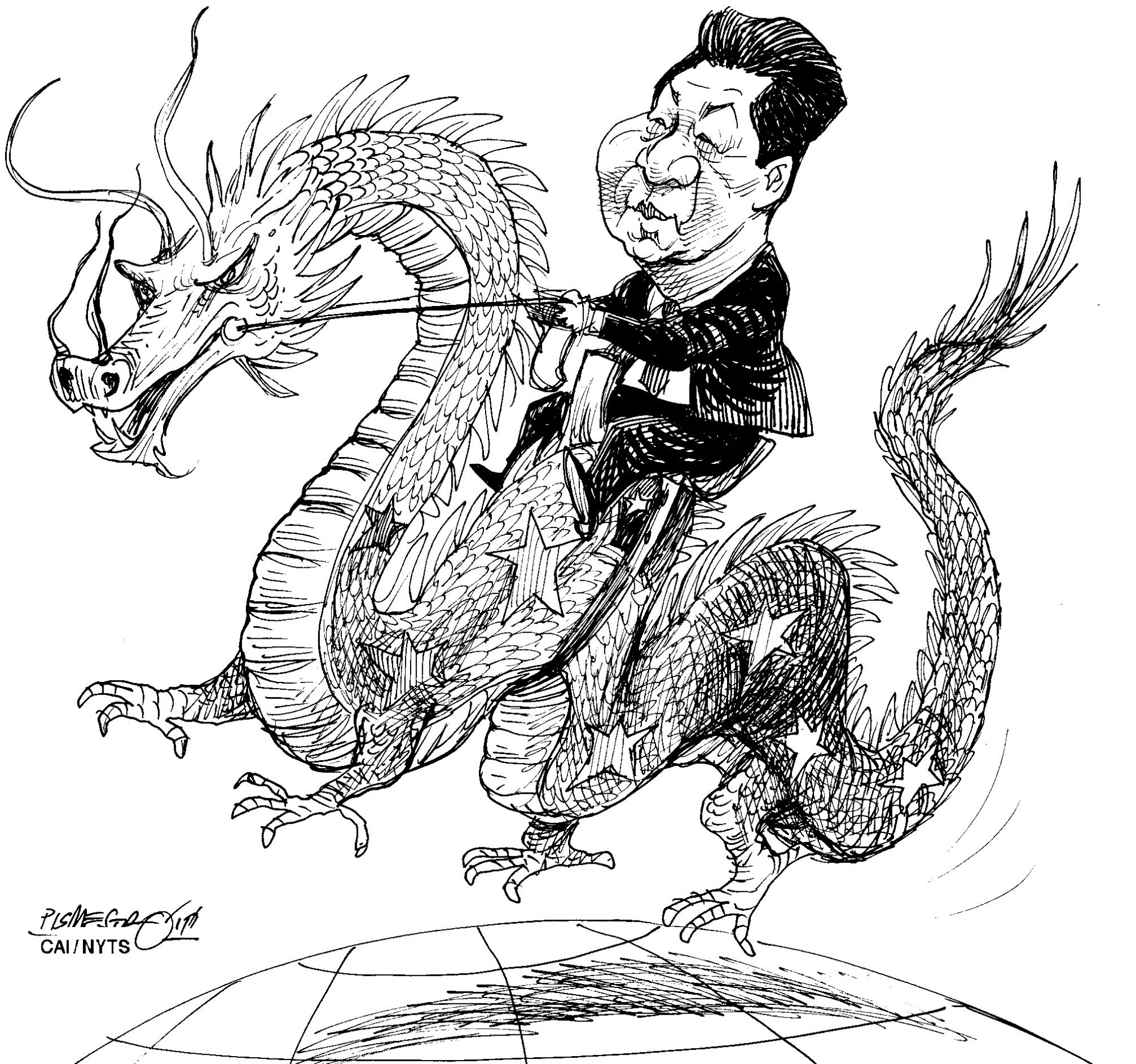In 2013, Chinese President Xi Xinping heartened many Western economists by committing to a "decisive role" for the market within China's economy. Four years on, expectations of significant market-oriented reform have been dashed, and state influence over the economy has significantly increased. Yet the Chinese economy continues to grow rapidly and will likely continue to do so. If it does, longstanding assumptions about the optimal balance of state and market mechanisms in driving economic development will be severely challenged.
The 2008 financial crisis was a shock to faith in entirely free financial markets. But the neoliberal assumptions underlying the previously dominant "Washington Consensus" continue to inform much Western commentary on China's economy. Deeper financial market liberalization, it is argued, would better discipline the real economy and lead to more efficient capital allocation. Capital account liberalization would prevent wasteful investment in low-return domestic projects. And reducing the role of dominant state-owned enterprises (SOEs) would unleash innovation and economic dynamism.
But, as Joe Studwell of the China Economic Quarterly argues persuasively in his book "How Asia Works," the original East Asian success stories — Japan and South Korea — got rich by ignoring most of this policy prescription. Finance was kept on a tight leash; credit was directed or guided to support specific government-defined industrial objectives; and domestic industry was nurtured behind tariff protection, while being forced to compete aggressively for overseas markets.

















With your current subscription plan you can comment on stories. However, before writing your first comment, please create a display name in the Profile section of your subscriber account page.